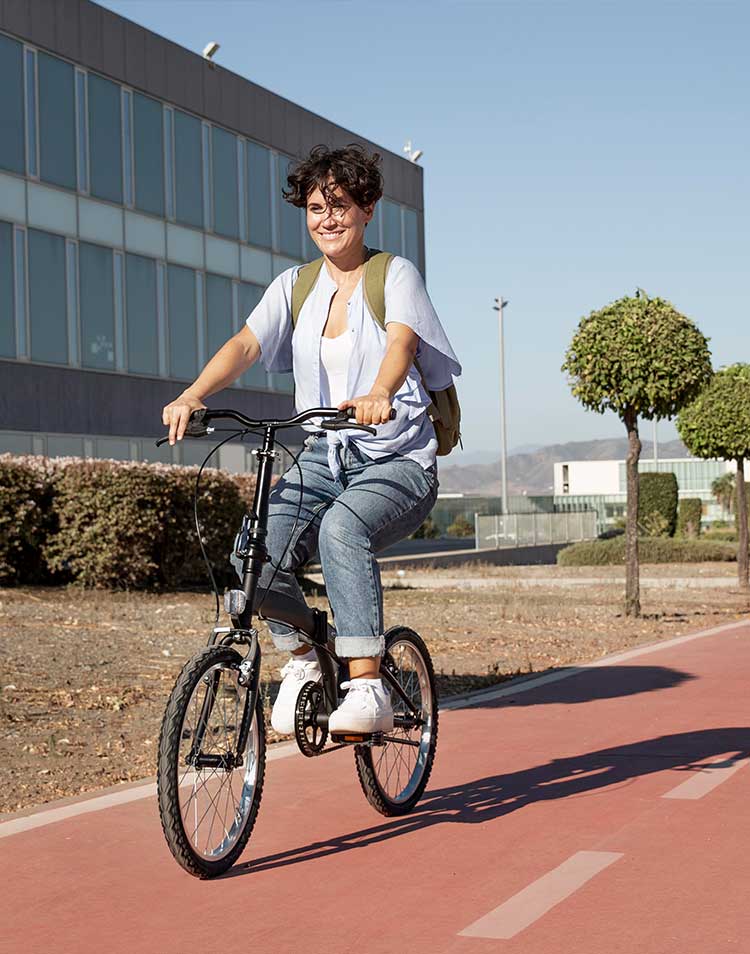Bike Lane Risks: What the Data Tells Us About Safety and Design Failures
Bike lanes are often heralded as a cornerstone of sustainable urban transportation, promising safer streets for cyclists, reduced car dependency, and more livable cities. However, emerging research and real-world data paint a starkly different picture, revealing that poorly designed bike lanes often increase risks rather than reduce them. According to Vision Zero’s 2023 data, cyclists in Boston were involved in 391 injuries and one fatal crash, while cars accounted for 2,562 injuries and three fatal crashes. These numbers reflect a significant rise from 2022, when cyclists suffered 238 injuries and one fatal accident. Despite representing just 2% of total traffic, cyclists made up a staggering 25% of fatalities and 13% of injuries. [1]
For context, Boston’s weekday traffic includes over 500,000 automobile operators compared to an average of 10,000 cyclists, meaning vehicles outnumber bikes by approximately 50 to 1. While automobiles account for 98% of traffic, cyclists are disproportionately involved in serious accidents. Additionally, automobile operators are required to report crashes, whereas cyclists are not, with estimates suggesting only 12% of bicycle accidents are reported. This means the actual number of bicycle injuries is likely much higher. [2]
These alarming statistics highlight the critical need to reevaluate Boston’s bike lane system to prioritize safety and functionality. A comprehensive approach should include:

Reevaluating bike lanes
Assess all existing bike lanes for safety and design effectiveness.
Tearing up unfixable lanes
Assess all existing bike lanes for safety and design effectiveness.
Renovating fixable lanes:
Invest in redesigning and upgrading lanes to meet safety and usability criteria.
Implementing universal nationwide signage
Standardize signage for bike lanes to improve clarity and consistency for all road users.
Without these measures, Boston risks perpetuating a flawed system that endangers cyclists and undermines the promise of sustainable urban mobility. [1][2]
The Risks of Poorly Designed Bike Lanes
While bike lanes aim to separate cyclists from cars and improve safety, the data shows that their design significantly influences their effectiveness- poor bike lane designs actually increase risk.
A study from Atlanta found that protected bike lanes and buffered lanes reduced risks on road segments but increased crash rates at intersections. These “conflict points” between cyclists and vehicles are where most accidents occur. Protected bike lanes that lack designs which increase visibility or clear right-of-way rules at intersections create confusion and lead to collisions. Drivers turning right or left often fail to see cyclists, particularly when bike lanes are shielded by parked cars. [3]
Research on multimodal conflicts highlights that when bike lanes are shared with e-bikes or pedestrians, the frequency of accidents rises. A Beijing study noted that shared bike lanes were involved in a significant proportion of accidents due to speed mismatches between road users and unpredictable behavior. [4] The rise of micro mobility devices like e-scooters has worsened these risks, as these vehicles often share bike lanes but travel at higher speeds, creating dangerous and chaotic environments. Beyond the physical harm they cause, high-speed electric scooters also cause significant psychological distress to pedestrians. The integration of another mode of transportation without appropriate infrastructure, right of way rules, or enforcement of said rules renders citizens uncomfortable on our streets. [5]
A study from Denver revealed that bike lanes that are only separated by painted lanes can surprisingly increase crashes, with such lanes showing a 117% higher crash rate compared to shared roads. While separation reduces direct conflicts on roadways, it can create other hazards, such as limited visibility for drivers and cyclists at entry points, intersections, or crossings. [6]
A Virginia study revealed that lack of awareness about traffic laws among cyclists and drivers contributes significantly to accidents. Under-reporting of crashes also hides the full extent of the problem, with only 12% of bike accidents being reported to authorities. Without careful data collection, it is impossible to design infrastructure that fits current usage. It is also the city’s imperative to inform the public and champion safe behavior. This is major area in which Boston falls short- although the city promotes biking through bicycle-sharing programs like Bluebikes, Boston does not provide helmet or any other standard protective gear for cyclists. Nor does Boston educate cyclists on rules of road or enforce those rules. [1]
Common Design Flaws
Several recurring design mistakes undermine the safety and usability of bike lanes. These issues, identified in global studies and Boston’s own bike lane challenges, must be addressed to improve outcomes:
Bike Lanes That Suddenly End
Abruptly ending bike lanes force cyclists to merge with vehicle traffic, creating chaotic and dangerous situations[RC3] [RC4].
Lanes Between Parked Cars and Traffic
Placing bike lanes between parked cars and moving traffic increases the risk of dooring accidents and reduces visibility for both cyclists and drivers.
Slip Lanes for Right-Turning Cars
Drivers turning right across bike lanes often underestimate the speed of cyclists, leading to collisions at intersections.
Unprotected Lanes on High-Speed Roads
Conventional bike lanes marked only by painted lines offer little protection on busy or high-speed roads, leaving cyclists vulnerable.
Article References
- “Vision Zero Crash Records Map” – https://apps.boston.gov/vision-zero/about/
- “Database improvements for motor vehicle/bicycle crash analysis” – https://www.researchgate.net/publication/274396640_Database_improvements_for_motor_vehiclebicycle_crash_analysis
- “Bicycle infrastructure and the incidence rate of crashes with cars: A case-control study with Strava data in Atlanta” – https://www.sciencedirect.com/science/article/abs/pii/S2214140523001056
- “Assessing bicycle safety risks using emerging mobile sensing data” – https://www.sciencedirect.com/science/article/pii/S2214367X24001698
- “Pedestrians’ safety using projected time-to-collision to electric scooters” – https://www.nature.com/articles/s41467-024-50049-x#:~:text=James%20et%20al.&text=used%20a%20survey%20to%20evaluate,with%20the%20personal%20mobility%20device.
- “The Relationship between Separated Bicycle Lanes and Bicycle Crashes In Denver, Colorado” – https://digitalcommons.unl.edu/arch_crp_theses/57/#:~:text=The%20result%20is%20that%20a,to%20a%20bike%20lane%20facility
